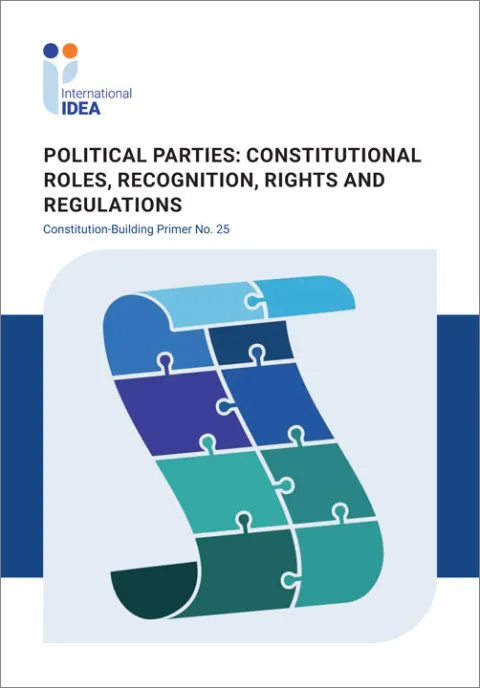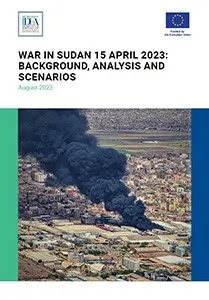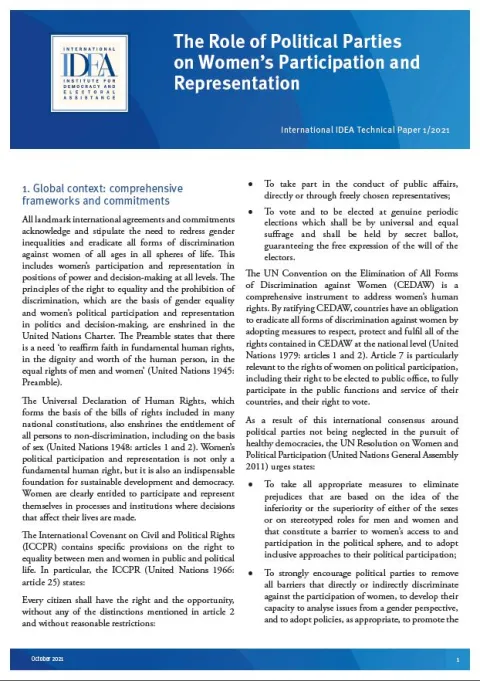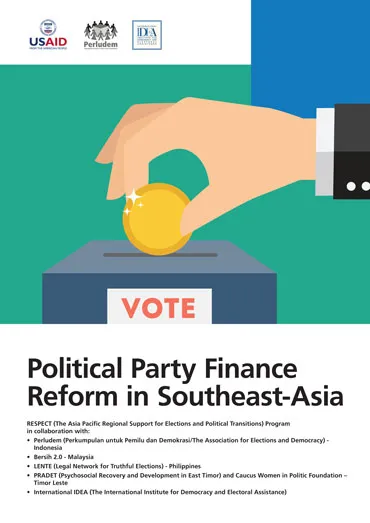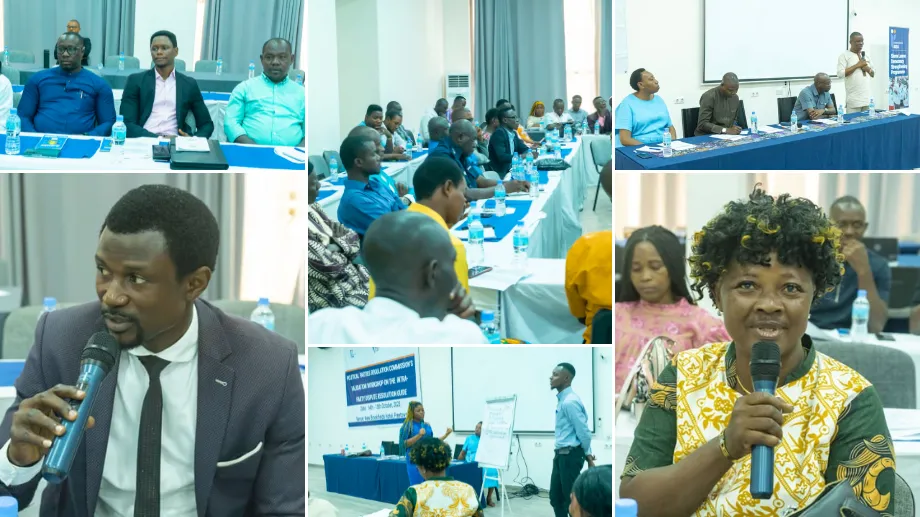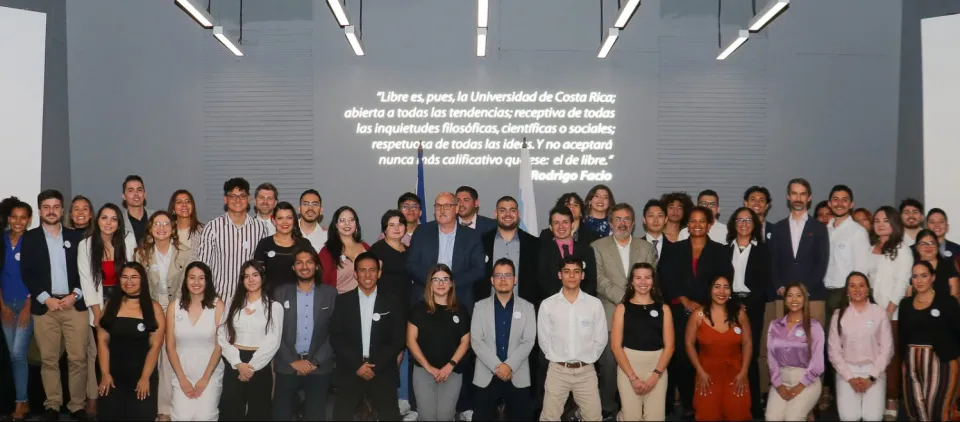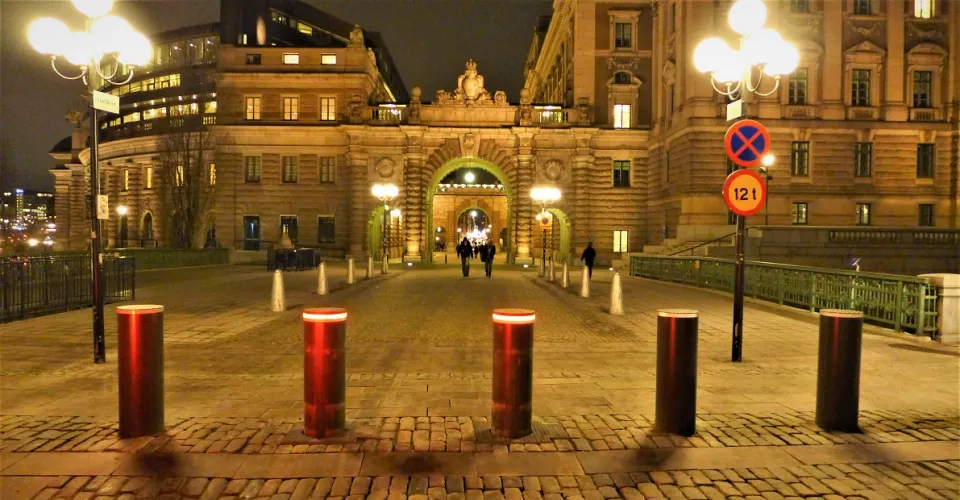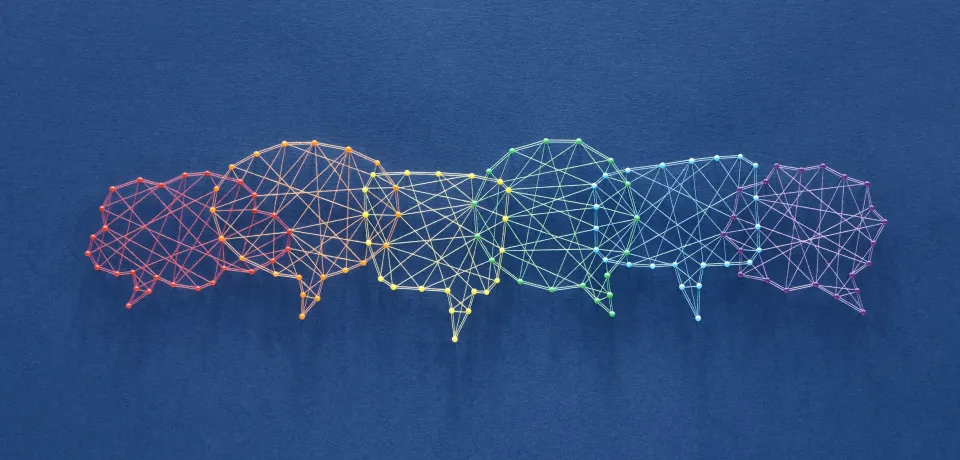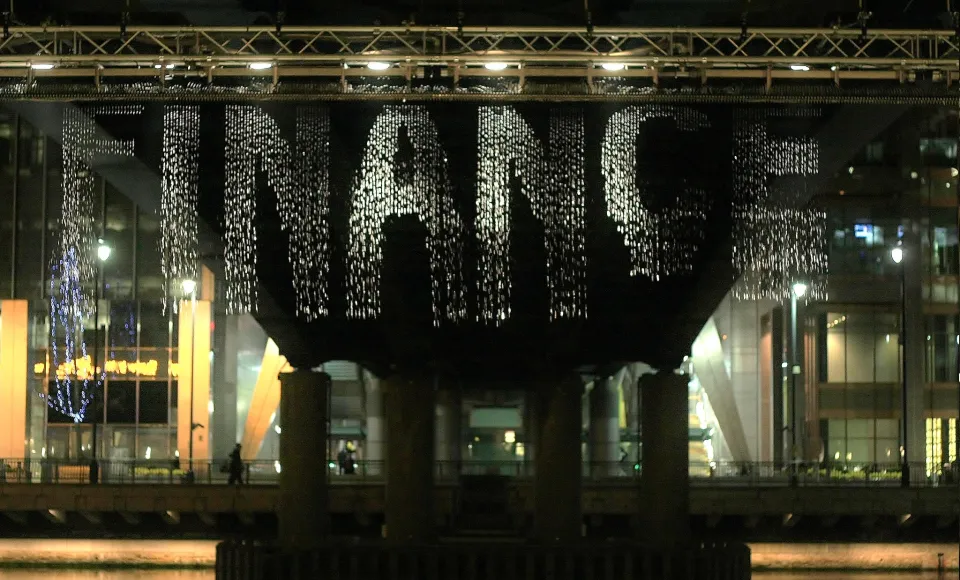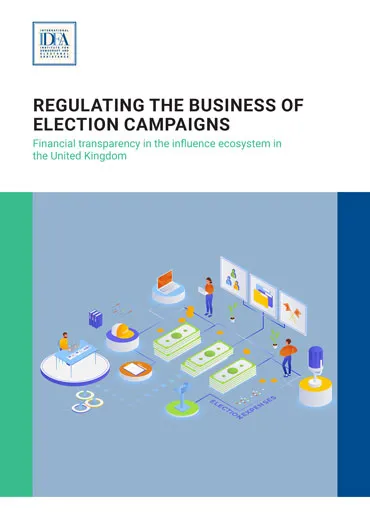Political Party Dialogue: A Facilitator's Guide
Political parties and organizations need to have the capacity to both compete and cooperate.
Dialogue among political parties usually takes place within democratic institutions such as national parliaments. Yet parliamentary dialogue alone cannot always meet the need for genuine exploration of consensus or compromise. Correspondingly, this Guide focuses on the need for more dynamic spaces of dialogue between political parties.
Building on case studies from different countries, the Guide enables actors to assess the general conditions for political party dialogues; build trust; convene and organize dialogues; set their goals and prepare their agenda; facilitate their smooth evolution through various stages; ensure meaningful results; and foster the implementation of the understandings and agreements reached.
Details
Staff authors
Contents
Foreword
Preface
Acknowledgements
Executive summary
About this Guide
PART I: Political party dialogue: general characteristics
1: Defining political party dialogue
2: The role of a facilitator
3: Assessing the political environment
PART II: Political party dialogue in practice
4: Dialogue stages and dynamics
5: Setting goals and agendas
6: Supporting political reform and national development
7: Timing and the electoral cycle
8: Designing a dialogue’s organizational structure
9: The rules of the dialogue game
10: Building trust between political parties
11: Consensus building through structured dialogue
12: Internal party communication and preparation
PART III: Inclusive dialogue
13: Deciding which political parties to invite to the dialogue
14: Choosing political party dialogue representatives
15: Equal participation and representation of women and men
16: Minority representation and diversity
17: Engaging with civil society organizations and the media
18: Concluding remarks: moving beyond the handshake
Appendix 1: Case studies
Appendix 2: Considerations when designing a political party dialogue process
Acronyms and abbreviations
References
Endnotes
Colophon
Give us feedback
Do you have a question or feedback about this publication? Leave us your feedback, and we’ll get back to you
Send feedbackPolitical Party Dialogue: A Facilitator's Guide
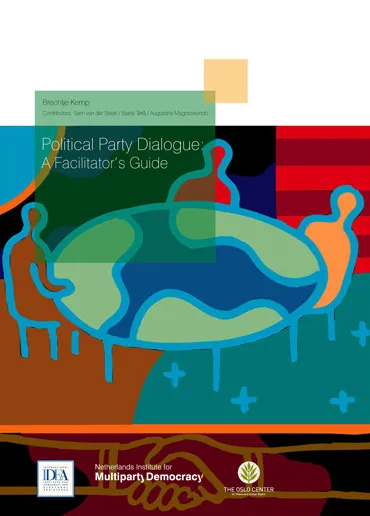
| Total views | 15761 |
|---|---|
| Downloads | 121 |
| Rating |
Staff authors
Give us feedback
Do you have a question or feedback about this publication? Leave us your feedback, and we’ll get back to you
Send feedback